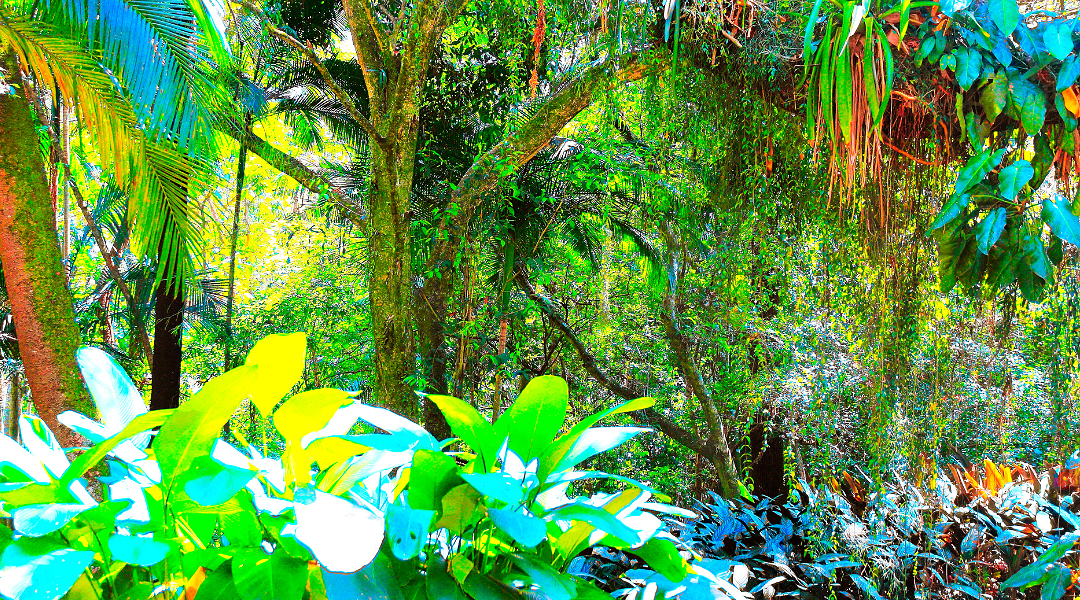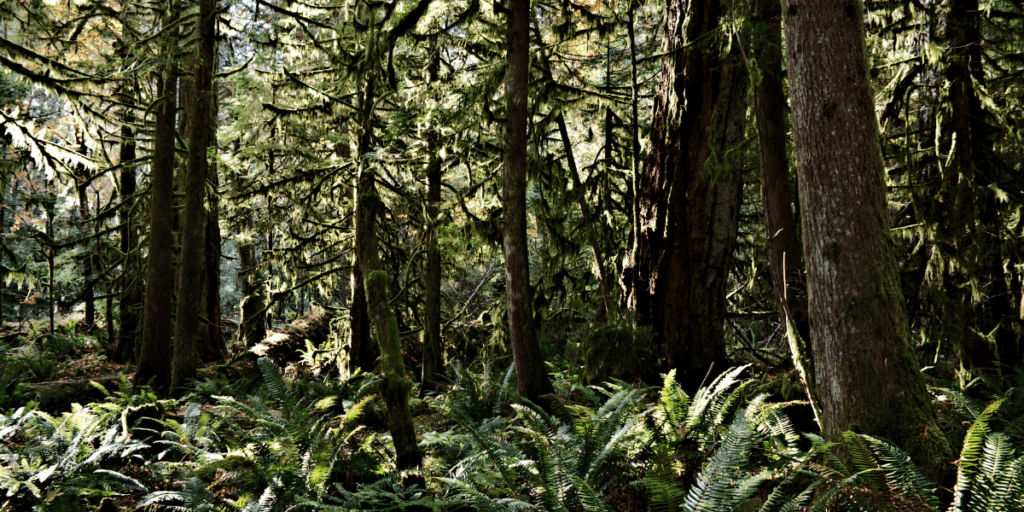Table of Contents
Tree Care Techniques for Fostering Biodiversity and Wildlife Habitats
Biodiversity preservation is critical in maintaining ecological balance and sustaining healthy ecosystems.
In urban environments, promoting biodiversity faces significant challenges due to limited space and human activities.
This article explores the role of tree care practices in creating habitats for wildlife, aiming to enhance biodiversity within urban landscapes.
By implementing wildlife-friendly elements and engaging community collaboration, this approach aims to attract and support various species, ultimately contributing to the conservation efforts necessary to preserve urban biodiversity.
Understanding the Importance of Biodiversity
The importance of biodiversity lies in its role as a fundamental factor for ecosystem stability and resilience. Biodiversity conservation strategies are essential to maintain the intricate web of life on Earth.
Firstly, biodiversity provides various ecosystem services that are crucial for human well-being. These include provisioning services such as food, medicine, and raw materials; regulating services like climate regulation, water purification, and pest control; supporting services such as nutrient cycling and soil formation; and cultural services like recreation and spiritual value.
Secondly, biodiversity is vital in maintaining ecological balance by enhancing resilience against disturbances such as climate change or invasive species. High levels of species diversity ensure functional redundancy within ecosystems, allowing them to adapt and recover from disorders more effectively.
Therefore, understanding the importance of biodiversity is essential for developing effective conservation strategies that aim to protect individual species and entire ecosystems.
Implementing Proper Tree Care Practices
Implementing proper tree care practices is crucial for maintaining the health and longevity of urban trees. Regular pruning and maintenance help to remove dead or diseased branches, promote healthy growth, and reduce the risk of tree failure.
Choosing native tree species is essential as they are adapted to local conditions, have higher resistance against pests and diseases, and support local biodiversity.
Creating a diverse canopy structure by planting various tree species with different growth habits and sizes enhances ecosystem services such as air purification, stormwater management, and habitat provision for wildlife.
Regular Pruning and Maintenance
Regular pruning and maintenance of trees are essential for promoting biodiversity by creating suitable habitats for wildlife. Pruning techniques play a crucial role in shaping the structure of trees, allowing sunlight to penetrate the canopy and reach the lower levels. This promotes understory plant growth, which provides food and shelter for various animal species.
Proper pruning also helps prevent disease and insect infestations, reducing stress on the tree and enhancing its overall health. Additionally, regular tree maintenance tips, such as removing dead or damaged branches, can eliminate potential hazards that may pose risks to both humans and wildlife.
Choosing Native Tree Species
Choosing native tree species is essential for creating a sustainable and ecologically balanced environment. Native trees have adapted to the local climate, soil conditions, and wildlife interactions. They provide crucial habitat and food sources for native birds, insects, and other wildlife.
Proper identification of native tree species is crucial to ensure their successful integration into an ecosystem. This can be achieved through botanical characteristics such as leaf shape, bark texture, or flower morphology.
Planting techniques also play a significant role in establishing healthy native tree populations. Factors such as proper site selection, appropriate planting depth, and regular watering are essential for successful establishment and growth. Additionally, considering the specific requirements of each species will help maximize their potential benefits to the surrounding environment.
Overall, selecting suitable native tree species and employing proper planting techniques are vital in promoting biodiversity and maintaining ecological balance.
Creating a Diverse Canopy Structure
A critical aspect of creating a diverse canopy structure includes trees with varying heights, growth habits, and crown shapes. This diversity promotes biodiversity by providing different microhabitats for wildlife.
Encouraging wildlife in urban areas is crucial for preserving habitats and maintaining ecological balance. Tall trees with spreading canopies offer nesting sites and perching spots for birds, while smaller trees provide protective cover and food sources for insects and small mammals.
Additionally, different tree species attract a broader range of wildlife species due to variations in flowering times, fruiting patterns, and foliage types. By strategically selecting trees that offer diverse habitat features, urban environments can support a broader array of wildlife species and contribute to the conservation of local ecosystems.
Incorporating Wildlife-Friendly Elements in Urban Landscapes
To incorporate wildlife-friendly elements in urban landscapes, it is essential to consider local wildlife species’ specific needs and preferences. Wildlife-friendly landscaping ideas can include:
• Providing food sources such as native plants that produce berries or nectar.
• Creating shelter by adding birdhouses, bat boxes, or butterfly habitats.
• Providing water sources such as birdbaths or small ponds.
These elements enhance the aesthetic appeal of urban landscapes and provide numerous benefits for urban wildlife habitats.
Urban wildlife habitats contribute to biodiversity conservation by supporting a variety of species and promoting ecological balance. They help mitigate the negative impacts of habitat loss and fragmentation caused by urbanization, thus maintaining healthy wildlife populations within cities.
Additionally, these habitats offer local residents opportunities for environmental education and recreational activities.
Attracting and Supporting Wildlife Species
Creating bird nesting sites, building bat houses, and installing bee and butterfly gardens are effective strategies for attracting and supporting wildlife species in urban landscapes.
Providing suitable nesting sites for birds can encourage their presence and enhance biodiversity in the area.
Bat houses offer a haven for these nocturnal creatures, contributing to pest control and pollination efforts.
Creating bee and butterfly gardens with native plants can provide essential food sources and habitats for these crucial pollinators, promoting their survival and contributing to ecosystem health.
Creating Nesting Sites for Birds
Nesting sites for birds can be established by strategically placing birdhouses and providing suitable nesting materials in tree branches. This not only contributes to bird conservation efforts but also enhances wildlife habitat. Creating nesting sites for birds is essential to promoting biodiversity and supporting the ecological balance.
Here are three key points to consider:
1. Birdhouses should be placed at appropriate heights, considering different bird species’ specific needs and preferences. This ensures that the nesting sites are accessible and safe.
2. Providing suitable nesting materials such as twigs, leaves, grass, and feathers can greatly assist birds in constructing their nests. These materials enable them to create secure, comfortable spaces for their eggs and hatchlings.
3. Offering a variety of nest box designs can accommodate different species with varying requirements. Other sizes, entrance hole diameters, and internal configurations cater to the specific needs of various bird species.
Building Bat Houses
Building bat houses involves constructing structures that provide suitable roosting spaces for bats, contributing to their conservation efforts and supporting the ecological balance.
Bats play a vital role in ecosystems as pollinators and insect controllers. However, habitat loss, disturbance, and disease have led to declines in bat populations worldwide. Constructing bat houses can help address these challenges by providing artificial roosts in areas where natural habitats are scarce or disturbed.
Placing bat houses in urban areas can enhance urban ecosystems by promoting biodiversity and ecosystem services provided by bats. These structures offer safe shelter for bats during the day, reducing predation risk or exposure to adverse weather conditions.
Attracting bats to urban environments can help control insect populations naturally without relying on chemical pesticides.
Building bat houses is an effective strategy for bat conservation and enhancing urban ecosystems.
Installing Bee and Butterfly Gardens
Bat houses provide artificial roosting spaces for bats, promoting their conservation and reducing their need to occupy human structures.
Installing bee and butterfly gardens is another effective way to promote biodiversity and support wildlife populations. These gardens are designed with various pollinator-friendly plants that provide abundant food sources for bees and butterflies.
By creating these habitats, we can help address the decline in pollinator populations which have been negatively impacted by factors such as habitat loss and pesticide use. Bee and butterfly gardens enhance an area’s aesthetic appeal and play a crucial role in maintaining healthy ecosystems.
The installation of these gardens can be done by following specific guidelines:
• Selecting native plant species that are adapted to local conditions
• Incorporating a diverse range of flowering plants with different bloom times
• Avoiding the use of pesticides or opting for organic alternatives
Community Involvement and Collaboration
Collaboration among community members plays a vital role in promoting biodiversity through tree care. Community members can create wildlife habitats that enhance biodiversity by mobilizing resources and expertise.
Community engagement and collaborative efforts are essential for the success of conservation initiatives. Involving residents allows organizations to harness their knowledge, skills, and passion for the environment. Together, they can achieve common goals and support tree-planting programs that provide suitable habitats for various species.
Through collective action, communities can pool resources such as funding, equipment, and labor. This support is crucial for the implementation of tree care activities. Additionally, collaborative efforts facilitate the sharing of best practices and scientific research. This ensures that tree care activities are based on evidence-based methods, leading to more effective conservation outcomes.
Moreover, community involvement fosters a sense of ownership and stewardship over these habitats. When individuals feel a personal connection to the habitats they help create, they are more likely to take responsibility for their long-term sustainability. This sense of ownership leads to lasting and sustainable outcomes for biodiversity conservation.
Frequently Asked Questions
How can tree care practices promote biodiversity in urban areas?
Tree care practices promote urban biodiversity by emphasizing the importance of native species and the benefits of a robust tree canopy. Native species support local ecosystems, provide food and shelter for wildlife, and enhance overall biodiversity in urban areas.
What are some standard tree care practices that can negatively impact wildlife habitats?
Negative impacts on wildlife habitats can result from certain tree care practices, such as improper tree pruning. This can lead to removing essential nesting sites and food sources for wildlife, disrupting their natural habitats and reducing biodiversity.
What examples of wildlife-friendly elements can be incorporated into urban landscapes?
Urban landscapes can benefit wildlife by incorporating native plantings, green roofs, and bird feeders. These features provide food, shelter, and nesting sites for various species, promoting biodiversity in urban areas.
How can communities actively contribute to promoting biodiversity through tree care?
Community involvement is crucial in promoting biodiversity through tree care. One effective way is by participating in tree planting initiatives, which increase the number of trees and create habitats for wildlife, contributing to overall ecosystem health.
Are there any specific collaboration efforts between communities and organizations that have successfully enhanced wildlife habitats through tree care?
Community collaborations and organization partnerships have successfully enhanced wildlife habitats through tree care. These efforts have involved coordinated planning, resource sharing, and joint implementation of initiatives to promote biodiversity and create suitable habitats for various species.


